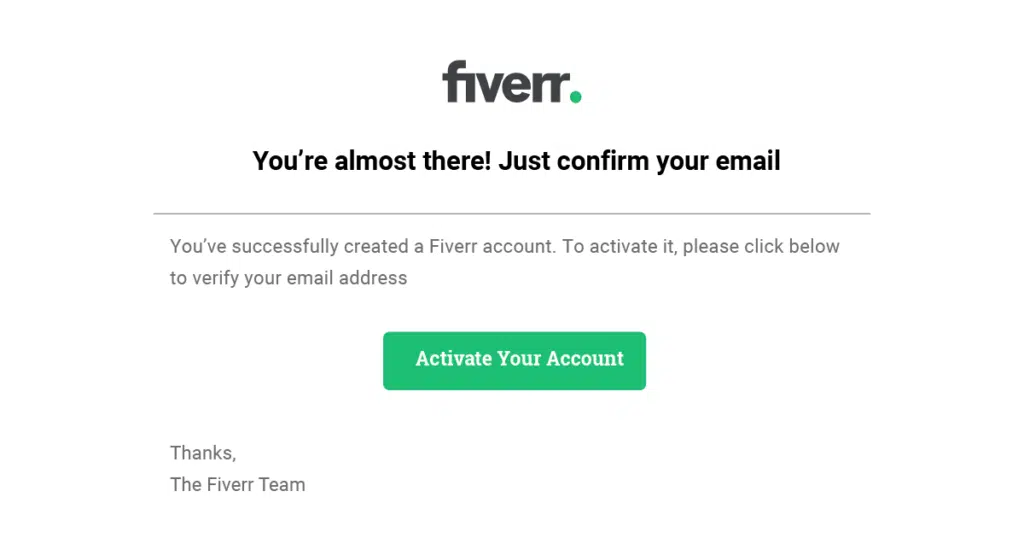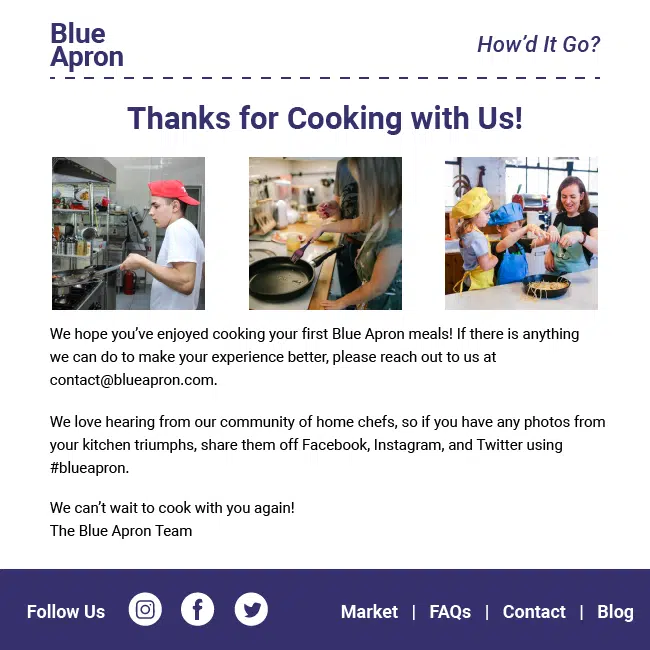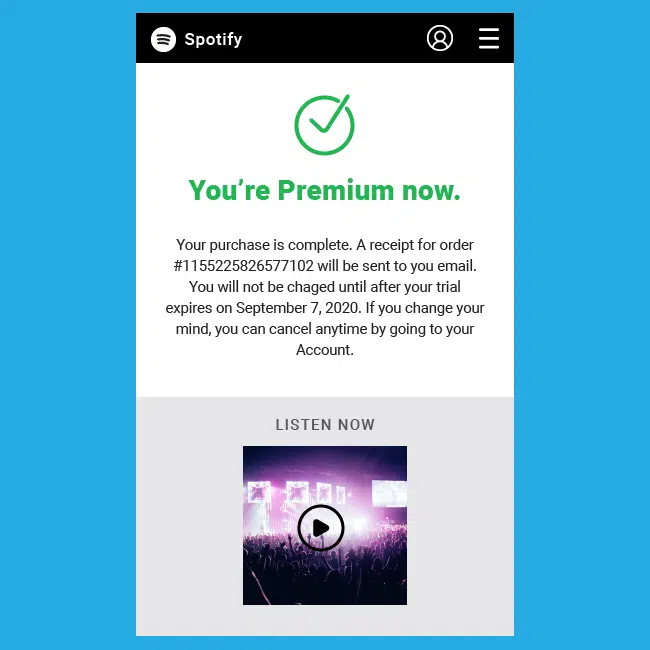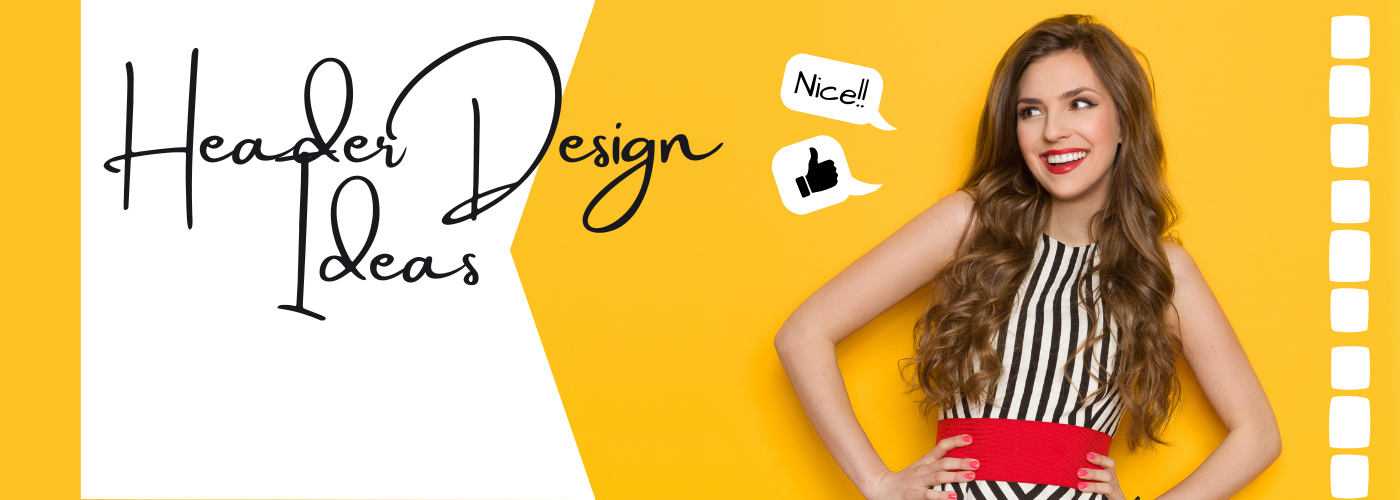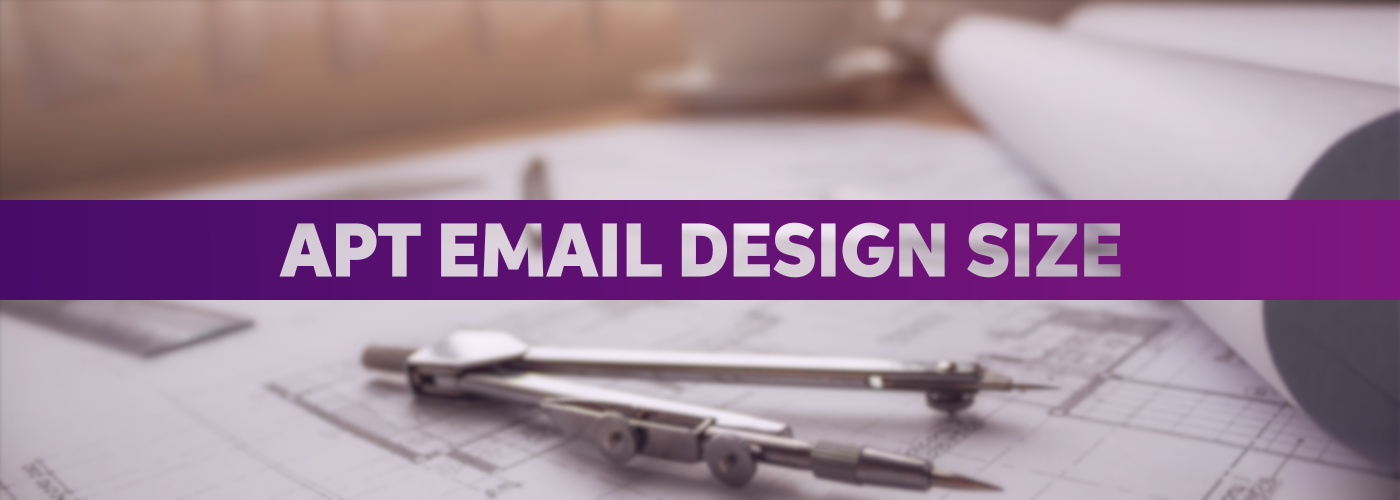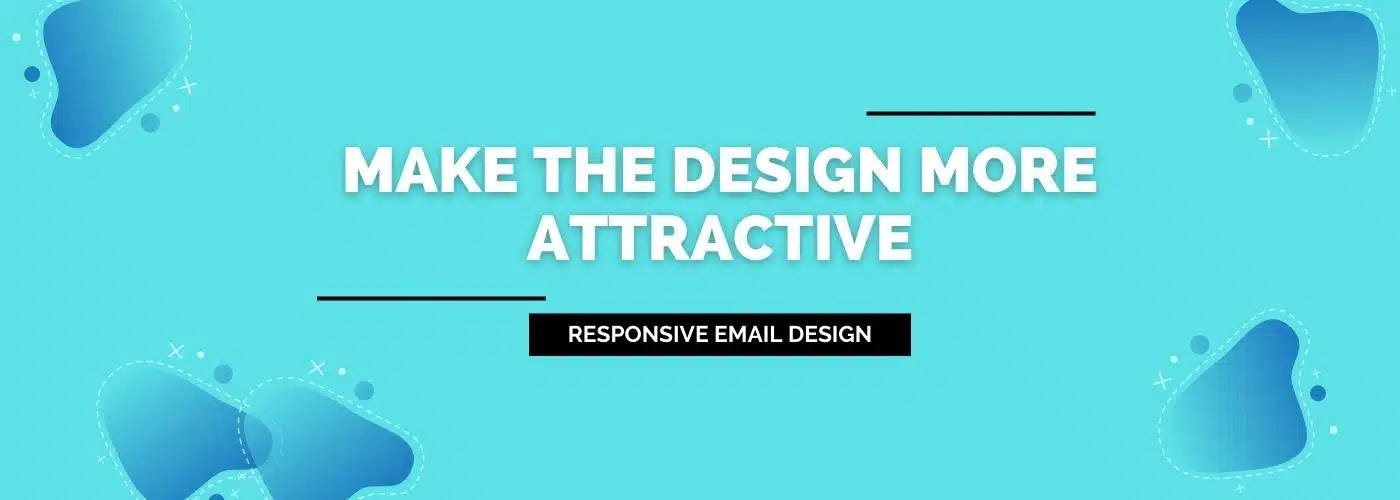Confirmation Email Design, Examples, and Best Practices
As a consumer, have you ever made a purchase or signed up for a service, only to wonder if your action went through? It can be frustrating not knowing whether your transaction was successful or not. This is where confirmation emails come in.
Do you know what’s even better than making a sale or getting a new subscriber? Confirming it! Confirmation emails may seem like a minor detail, but they’re actually a great opportunity to showcase your brand’s personality, provide additional value to your customers, and create a connection that lasts beyond the initial transaction.
In this blog post, we’ll be sharing our favorite tips and tricks for designing confirmation emails that not only confirm your customers’ actions but also delight and engage them. From adding a personal touch to using clever visuals, we’ve got plenty of ideas to help you take your confirmation emails from blah to brilliant. So sit back, grab a cup of coffee, and get ready to upgrade your confirmation email game!
Table of content
- What is a Confirmation email?
- The Importance of sending confirmation email
- Key Elements of the confirmation email
- What are the types of confirmation emails?
- Purchase Confirmation email
- Appointment confirmation email
- Subscription confirmation email
- Registration Confirmation email
What is a Confirmation email?
A confirmation email design is a type of email design that is sent to a user after they have taken a certain action on a website or application, such as signing up for a service, making a purchase, or subscribing to a newsletter. The purpose of a confirmation email is to confirm that the action has been completed successfully and to provide the user with any necessary information about the next steps. Here is the confirmation email I got from Fiverr.
We have got some questions for you. Do you ever find yourself eagerly waiting for a confirmation email after you’ve ordered food delivery?
Or maybe you book a flight and immediately check your inbox for the confirmation email to ensure everything is correct.
And what about when you sign up for a new subscription service – do you look out for that confirmation email to let you know you’re all set?
We’re willing to bet that you answered “yes” to at least one of those questions. That’s because confirmation emails are an important part of the customer experience. They provide peace of mind that your order or booking has been processed correctly, and they often include important information about your purchase or subscription.
And now to Answer these couple of questions,
Let’s talk about email marketing. Have you ever received an email from a clothing brand you subscribed to a while ago and wondered whether to bother opening it?
Or maybe you recently ordered some art supplies online and have noticed a few emails from the company in your inbox since then – do you always read them?
We all receive many marketing emails these days, and it’s easy for them to get lost in the shuffle. But what if those emails could be more than just generic promotions and offers? What if they could be personalized, engaging, and even helpful?
You probably don’t, or it depends on how busy you are, but overall, there’s a good chance that your interest has waned.
This reaction to the emails is normal behaviour for all of us.
We’re eager for email confirmations when we book an event, holiday, or purchase a product because it’s essential information we need.
You probably don’t, or it depends on how busy you are, but overall, there’s a good chance that your interest has waned.
This reaction to the emails is normal behaviour for all of us.
We’re eager for email confirmations when we book an event, holiday, or purchase a product because it’s essential information we need.
Your email confirmation will be opened, read, and clicked more than most of your other emails, so act on this by:
- Showcasing your products.
- Starting a lead nurturing campaign.
- Starting a conversation (ask them a question).
- Getting them to perform an action.
- Offering them a discount.
- Signing them up for a free trial
Let’s Move on to Understand the importance of confirmation email, and start sending it from now!
The importance of sending a confirmation email
Confirmation emails provide a professional and personalized touch to customer interactions: By sending a confirmation email, businesses show that they value their customers and their time. It also gives a sense of professionalism to the interaction, which can help to build trust and credibility.
Confirmation emails reduce the likelihood of errors: By providing customers with a clear and concise summary of their actions, confirmation emails can help to reduce the possibility of errors, misunderstandings, and confusion. This can improve the overall customer experience and reduce the need for follow-up support.
Confirmation emails can encourage future engagement: A well-designed confirmation email can include a call-to-action that encourages customers to take further action, such as referring a friend or leaving a review. This can help to increase customer engagement and ultimately drive more business.
Confirmation emails can serve as a record of the interaction: Confirmation emails provide customers with a record of their actions, which can be important in the event of any disputes or misunderstandings. They also serve as a record for the business, which can be useful for tracking customer behavior and identifying trends.
Confirmation emails can help to build brand loyalty: By providing customers with a positive and seamless experience, businesses can build brand loyalty and encourage repeat business. Confirmation emails are an important part of this process, as they help to reinforce the brand and create a sense of trust and reliability
Overall, sending a confirmation email is an important part of the customer journey, as it can help to improve the customer experience, reduce errors, and encourage future engagement.
Sending a confirmation email is not just sending an email, it should have valuable information, to solve the purpose. Imagine if you are sending an email without a CTA button, how the user takes the next action? It affects your brand value.
So, let’s dive into the important key elements which make conformational email meaningful.
Confirmation email design typically includes several key elements that are essential for communicating important information to the customer and creating a positive customer experience. Some of the key elements that are commonly included in confirmation emails are:
Clear and concise subject line:
The subject line should clearly indicate the purpose of the email, such as “Thank you for your order” or “Your appointment has been confirmed.”
The subject line of a confirmation email is crucial as it’s the first thing the customer sees, and it needs to be compelling enough to make them want to open the email. Here are some tips on how to write subject lines for confirmation emails:
Keep it clear and concise: The subject line should clearly state the purpose of the email and be short and to the point.
Personalize it: Use the customer’s name or include details that make the subject line more personalized, such as the name of the product or service they purchased.
Use action-oriented language: Use language that creates a sense of urgency or excitement, such as “Your order is on its way!” or “Don’t miss out on your appointment.”
Avoid spam trigger words: Avoid using words that may trigger spam filters, such as “free,” “limited time,” or “act now.”
Test and optimize: Test different subject lines to see which ones perform best, and use data to optimize your subject lines over time.
Here are some examples of effective subject lines for confirmation email design:
“Thank you for your purchase, [Customer Name]!”
“Your appointment is confirmed – see you soon!”
“Your [Product Name] order has been shipped!”
“Welcome to our newsletter – stay tuned for updates!”
“Your subscription to [Service Name] has been activated!”
Personalized greeting:
The email should start with a personalized greeting that addresses the customer by name, such as “Dear John,” or “Hi Jane,” which makes the email feel more personal and friendly.
Writing personalized greetings for confirmation emails can help make customers feel valued and appreciated. Here are some tips on how to write personalized greetings for confirmation emails:
Use the customer’s name: Using the customer’s name in the greeting is a simple but effective way to personalize the email. This can help create a more friendly and welcoming tone.
Acknowledge the action that is taken: Acknowledge the customer’s action, such as making a purchase or scheduling an appointment. This can help show that you appreciate their business and are grateful for their support.
Use a friendly and conversational tone: Write the email in a friendly and conversational tone, as if you were speaking to the customer in person. This can help create a more personal connection and make the customer feel more comfortable.
Include a thank you message: Include a message of gratitude and thanks for the customer’s business. This can help show that you value their support and are committed to providing them with a positive experience.
Here is an example of a personalized greeting for a purchase confirmation email:
Dear [Customer Name],
Thank you for your recent purchase from our online store! We’re thrilled to have you as a customer and appreciate your support.
Your order has been successfully processed and is on its way to you. We hope you enjoy your new [product name] and that it exceeds your expectations.
If you have any questions or concerns, please don’t hesitate to reach out to our customer support team. We’re here to help!
Thank you again for your business, and we look forward to serving you in the future.
Best regards,
[Your Name]
Confirmation message:
The body of the email should include a brief message that confirms the action that the customer has taken, such as making a purchase, booking an appointment, or subscribing to a newsletter. It should also include any relevant details or instructions, such as the date and time of an appointment, or the items purchased.
A confirmation message for confirmation email typically includes a brief message that confirms the action taken by the customer and thanks them for their business. Here are some tips on how to write a confirmation message for a confirmation email:
Keep it brief: A confirmation message should be short and to the point, with a clear and concise message that confirms the action taken by the customer.
Use a friendly tone: Use a friendly and conversational tone to make the message more personal and engaging. This can help create a positive experience for the customer.
Express gratitude: Express your gratitude to the customer for their business and support. This can help show that you value their support and are committed to providing them with a positive experience.
Provide a call-to-action: Provide a clear call-to-action that invites the customer to contact you if they have any questions or concerns.
Include relevant details: Include any relevant details related to the action taken by the customer, such as the product or service purchased, the appointment date and time, or the account information for a new sign-up.
Here is an example of a confirmation message for a purchase confirmation email:
Dear [Customer Name],
Thank you for your recent purchase from our online store! We wanted to confirm that your order has been successfully processed and is on its way to you.
We appreciate your business and thank you for your support. If you have any questions or concerns, please don’t hesitate to contact our customer support team.
Thank you again for your purchase, and we look forward to serving you in the future.
Best regards,
[Your Name]
Call-to-action (CTA) button or link: A prominent CTA button or link should be included that encourages the customer to take the next step, such as viewing an itinerary, tracking a package, or leaving a review. The CTA should be clear and prominent, using action-oriented language, such as “View your itinerary” or “Track your package.”
Branding elements: The email should include branding elements such as the company logo and color scheme, which reinforce the company’s identity and creates a sense of trust and professionalism.
Branding elements are important in confirmation emails because they help to establish brand recognition and reinforce brand identity. When customers receive a confirmation email that is consistent with your brand’s visual identity, it helps to build trust and credibility.
Here are some specific reasons why branding elements are important in confirmation emails:
Builds brand recognition: When customers receive a confirmation email that features your brand’s logo, colors, and other visual elements, it helps to build brand recognition. This can increase the likelihood that they will remember your brand and choose to do business with you again in the future.
Reinforces brand identity: Consistent use of branding elements in confirmation emails helps to reinforce your brand’s identity and values. This can help to create a stronger emotional connection with customers and foster loyalty.
Establishes professionalism: Including branding elements in confirmation emails helps to establish professionalism and credibility. This can reassure customers that they are doing business with a reputable and trustworthy company.
Differentiates your brand: Including unique branding elements in confirmation emails can help your brand to stand out from competitors. This can help to differentiate your brand and create a more memorable experience for customers.
Contact information: The email should include contact information such as a phone number or email address, which allows the customer to get in touch with the company if they have any questions or concerns.
Social media links:
The email may include links to the company’s social media pages, which encourages the customer to connect with the company on social media and stay engaged with the brand.
Including social links in confirmation emails is important for several reasons:
Increases brand exposure: By including social links in confirmation emails, you allow customers to connect with your brand on social media. This can increase brand exposure and help expand your audience.
Provides social proof: When customers see that your brand has a strong social media presence and a following, it can provide social proof that your brand is reputable and trustworthy. This can help to build trust and credibility with new customers.
Encourages engagement: By providing social links in confirmation emails, you encourage customers to engage with your brand on social media. This can help to create a sense of community and foster brand loyalty.
Supports marketing efforts: Social media is an important channel for marketing, and including social links in confirmation emails can help to support your marketing efforts. By directing customers to your social media pages, you can promote new products, share promotions, and engage with customers in real-time
What are the types of confirmation emails?
1. Purchase Confirmation Email:
A purchase confirmation email is sent to customers after they have completed a purchase. It confirms that the order has been received and processed, and provides customers with important details about their purchase, such as the order number, item purchased, price, and estimated delivery date. Here is an example of a purchase confirmation email template:
Target: Target’s purchase confirmation emails include a summary of the items purchased, the order number, and the shipping address. They also include a call to action to track the shipment, a reminder of Target’s return policy, and a link to the customer’s account for order details.
Best Buy: Best Buy’s purchase confirmation emails provide a summary of the products purchased, including the model, color, and price. They also include a reminder of Best Buy’s return policy, a call to action to track the shipment, and a link to view the order status.
Warby Parker: Warby Parker’s purchase confirmation emails include a summary of the glasses or sunglasses purchased, the shipping address, and the estimated delivery date. They also include a reminder of Warby Parker’s return policy, a call to action to track the shipment, and a link to the customer’s account for order details.
Chewy: Chewy’s purchase confirmation emails provide a summary of the items purchased, the order number, and the shipping address. They also include a reminder of Chewy’s return policy, a call to action to track the shipment, and a promotional offer for future purchases.
Walmart: Walmart’s purchase confirmation emails include a summary of the items purchased, the order number, and the shipping address. They also include a call to action to track the shipment, a reminder of Walmart’s return policy, and a link to the customer’s account for order details.
Sephora: Sephora’s purchase confirmation emails include a summary of the items purchased, the shipping address, and the estimated delivery date. They also include a reminder of Sephora’s free returns policy, a call to action to track the shipment, and a promotional offer for free samples.
Nike: Nike’s purchase confirmation emails provide a summary of the items purchased, the order number, and the shipping address. They also include a reminder of Nike’s return policy, a call to action to track the shipment, and a promotional offer for free shipping on future orders.
2. Appointment Confirmation Email:
An appointment confirmation email is sent to customers after they have scheduled an appointment or meeting. It confirms the date, time, location, and any other relevant details, and may include instructions on how to reschedule or cancel the appointment. Here is an example of an appointment confirmation email template:
Here are some real-world examples of appointment confirmation emails:
Doctor’s Office: A doctor’s office appointment confirmation email typically includes the patient’s name, the date and time of the appointment, the name of the doctor, and the location of the office. They may also include a reminder of any preparation the patient needs to do before the appointment, and instructions on how to reschedule or cancel the appointment.
Hair Salon: A hair salon appointment confirmation email typically includes the customer’s name, the date and time of the appointment, the name of the stylist, and the location of the salon. They may also include a reminder of any special requests or notes the customer made when booking the appointment and instructions on how to reschedule or cancel the appointment.
Legal Firm: A legal firm appointment confirmation email typically includes the client’s name, the date and time of the appointment, the name of the lawyer or legal representative, and the location of the office. They may also include a reminder of any documents the client needs to bring to the appointment, and instructions on how to reschedule or cancel the appointment.
Fitness Studio A fitness studio appointment confirmation email typically includes the customer’s name, the date and time of the appointment, the name of the instructor or trainer, and the location of the studio. They may also include a reminder of any special instructions or equipment the customer needs to bring to the appointment, and instructions on how to reschedule or cancel the appointment.
Career Counselor: A career counselor appointment confirmation email typically includes the client’s name, the date and time of the appointment, the name of the career counselor, and the location of the appointment. They may also include a reminder of any documents the client needs to bring to the appointment and instructions on how to reschedule or cancel the appointment.
3. Subscription Confirmation Email:
A subscription confirmation email is sent to customers after they have subscribed to a service or newsletter. It confirms that the subscription has been activated, and provides customers with important details such as the subscription start date, frequency of updates, and how to unsubscribe. Here is an example of a subscription confirmation email template:
Here are some real-world examples of subscription confirmation emails:
TheSkimm: TheSkimm is a daily newsletter that provides news and information in a concise and accessible format. Their subscription confirmation email welcomes new subscribers and provides information on what to expect from the newsletter, including the frequency of emails and the topics they cover. The email also encourages subscribers to share TheSkimm with friends and provides links to follow TheSkimm on social media.
Netflix: Netflix is a subscription-based streaming service for movies and TV shows. Their subscription confirmation email provides new subscribers with instructions on how to set up their accounts and start streaming content. The email also includes a link to their Help Center, where subscribers can find answers to frequently asked questions.
Blue Apron: Blue Apron is a meal kit delivery service that provides subscribers with fresh ingredients and recipes to make meals at home. Their subscription confirmation email welcomes new subscribers and provides information on the next scheduled delivery date. The email also encourages subscribers to explore the Blue Apron website for additional recipes and cooking tips.
Spotify: Spotify is a music streaming service that offers both free and paid subscription options. Their subscription confirmation email provides new subscribers with information on how to download the app and start streaming music. The email also includes a link to their Help Center, where subscribers can find answers to frequently asked questions.
BarkBox: BarkBox is a monthly subscription service for dog owners that provides toys and treats for their pets. Their subscription confirmation email provides new subscribers with information on what to expect in their first BarkBox, including the theme and contents of the box. The email also encourages subscribers to share photos of their dogs with BarkBox on social media.
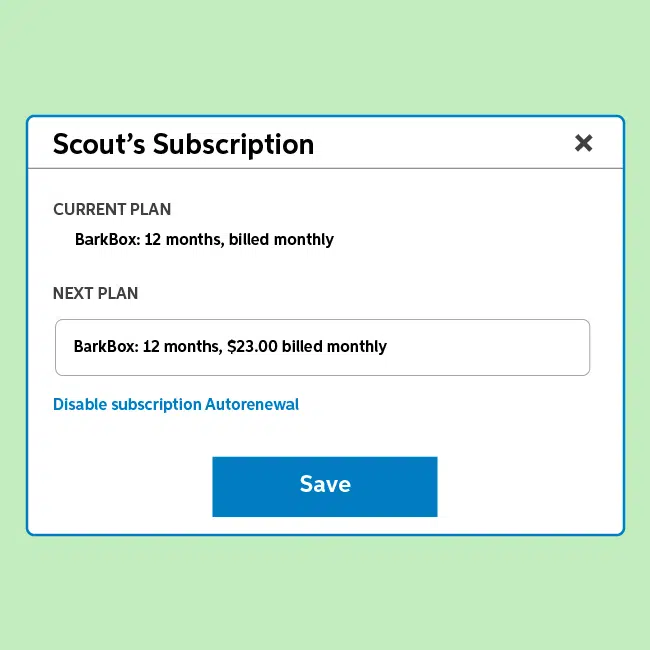
4. Registration Confirmation Email:
A registration confirmation email is sent to customers after they have registered for an account, event, or webinar. It confirms that the registration has been successful, and provides customers with important details such as login credentials, event date and time, and any other relevant information. Here is an example of a registration confirmation email template:
Here are some real-world examples of registration confirmation emails:
Event Registration: An event registration confirmation email typically includes the name of the event, the date and time, and the location. It may also include instructions on how to prepare for the event and what to bring, as well as any important deadlines or details to remember.

Online Account Registration: An online account registration confirmation email typically includes the user’s name, email address, and username or account number. It may also include instructions on how to log in and set up the account, as well as information on any additional steps required to fully activate the account.

Course Registration: A course registration confirmation email typically includes the name of the course, the start and end date, and the location or online platform. It may also include instructions on how to access course materials, any required readings or assignments, and information on how to contact the instructor or other students.
Subscription Service Registration: A subscription service registration confirmation email typically includes the user’s name, email address, and subscription plan details. It may also include instructions on how to access the service, any additional steps required to activate the subscription, and information on how to contact customer support.
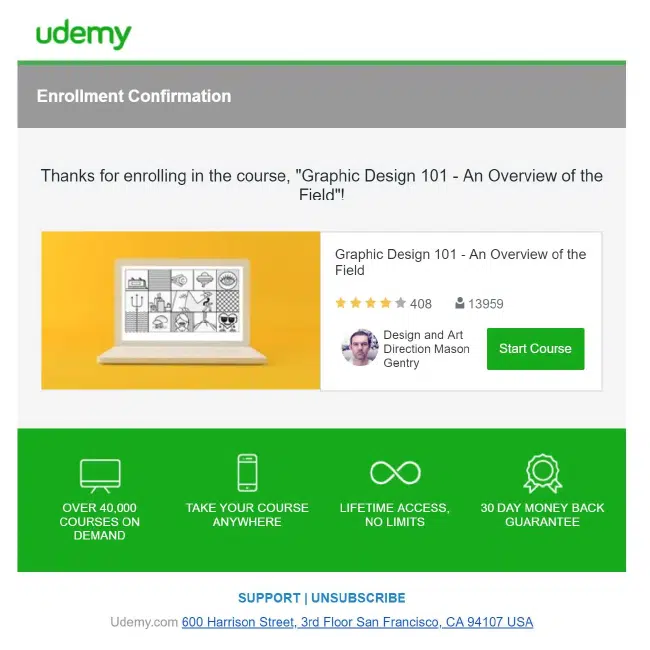
Summing Up:
Confirmation emails are an essential part of the customer experience. They serve to confirm that a user has successfully completed an action, such as making a purchase, registering for an account, or subscribing to a service. Confirmation emails not only provide users with important information about their actions, but they also help build trust and confidence in the brand by providing a professional and personalized experience.
A well-designed confirmation email should include key elements such as a clear subject line, personalized greeting, concise and informative body, call-to-action buttons, and branding elements such as logos and colors. It may also include additional information such as social media links, customer support contact information, and recommendations for related products or services.
Different types of confirmation emails may have slightly different structures and content, but they all serve the same purpose of confirming the user’s action and providing a positive customer experience. By paying attention to the details and making an effort to provide a personalized and engaging confirmation email, businesses can strengthen their customer relationships and build brand loyalty.
Email Header Design Guidelines And Inspirations
The world is transforming into a digital space with businesses, services, etc., becoming digitally o
Best Email Design Size For Marketing Campaigns
Are you starting an irresistible marketing campaign but confused about what an ideal email design si
Understanding the Responsive email design Best Practices and examples
Responsive email design is a way of making sure that emails look good and work properly on all kinds


